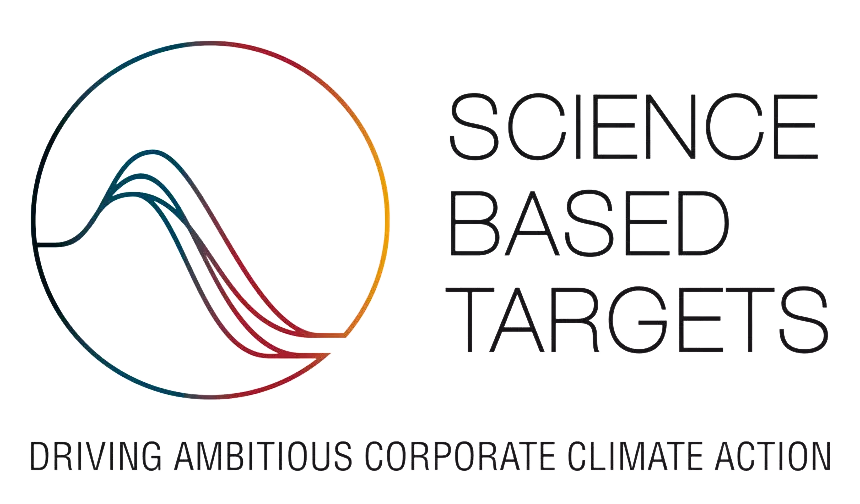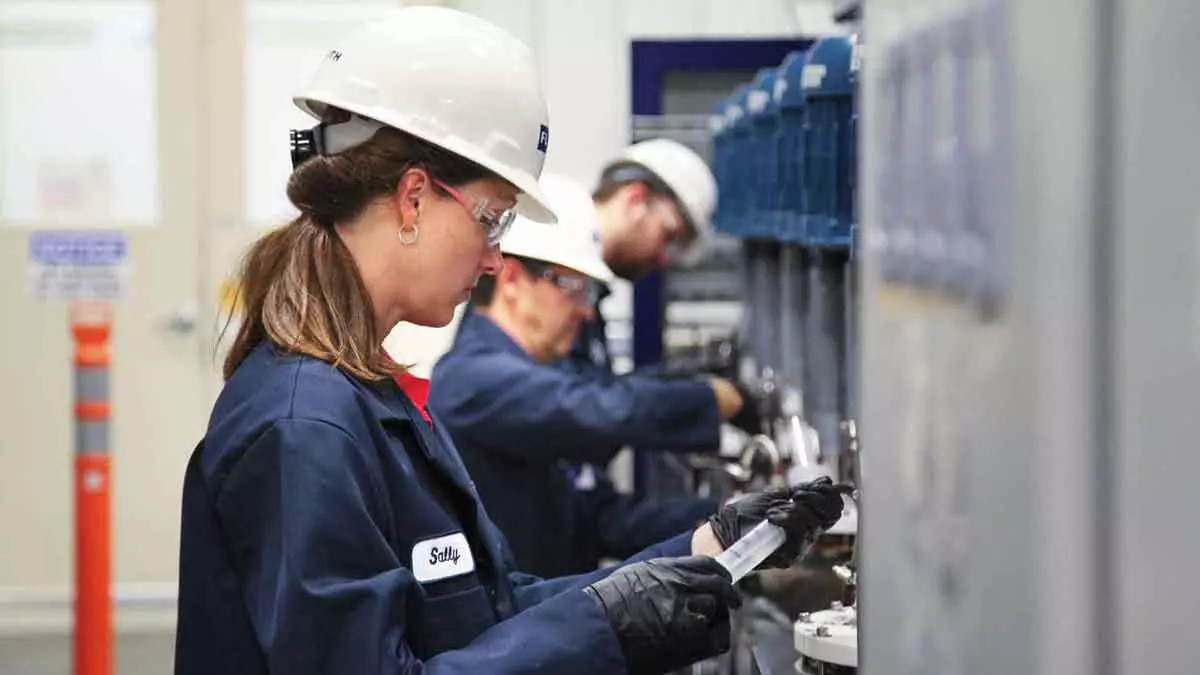-
Science-based targets
How they will lead us towards zero:
We want to play our part in limiting global warming to 1.5°C above pre-industrial levels. Fulfilling this ambition requires a systematic and science-based approach to reducing greenhouse gas emissions. Validation of relevant performance targets by the Science Based Targets initiative provides a clear picture on how we are progressing.
Our science-based targets will lead us towards zero
Our MissionZero programme delivers solutions to reduce greenhouse gas emissions caused by the mining and cement industries. It guides our efforts to help keep global warming below 1.5°C. In addition, we aim to achieve zero emissions in our own operations by 2030.

Our commitment to the Business Ambition for 1.5°C
Our value chain impact
As a leading supplier of technology and services solutions to the mining and cement industries—which combined contribute more than 10% of global greenhouse gas emissions—we have a significant opportunity to contribute to limiting climate change.
-
Upstream value chain emissions
Besides greenhouse gas emissions from our own operations, we have a strong focus on our indirect emissions from the value chain, the so-called scope 3 emissions, occurring both upstream and downstream of our own operations.
Our upstream value chain emissions predominantly come from our purchased goods and services, but also include upstream transportation and distribution, waste and business travel.
Part of our own 2030 goals is to work with suppliers to help them reduce their greenhouse gas emissions. By 2025, we aim to achieve 30% of our supplier spend with suppliers who have set their own science-based targets. -
Our operations
The direct greenhouse gas emissions from our own facilities and vehicles are known as scope 1 emissions. Scope 2 emissions are the indirect greenhouse gas emissions from purchased steam, heating and cooling.
We have set a science-based target to reduce scope 1 and 2 emissions 100% by 2030 from a 2019 baseline.
-
Downstream value chain emissions
Besides greenhouse gas emissions from our own operations, we have a strong focus on our indirect emissions from the value chain, the so-called scope 3 emissions, occurring both upstream and downstream of our own operations.
The downstream emissions in our value chain originate mainly from the use of our sold products by our customers. This accounts for around ~99% of our total value chain emissions.
We have committed to an ambitious downstream target to reduce 56% of our greenhouse gas emissions from the use of sold products per unit of order intake from a 2019 baseline by 2030. It is calculated as tonnes of CO2-equivalents divided by order intake.
Zero emissions solutions
Reducing emissions and footprint
Rapid Oxidative Leaching (ROL) can develop mineral deposits containing arsenic for recovery of copper, gold, and silver. Refractory ores are processed at low temperatures, saving energy and cutting risk of arsenic pollution.

Calcined clay
Reduce process emissions by up to 40% with our clay calciner system and get a cost-effective quality product that meets your expectations for strength and colour.




